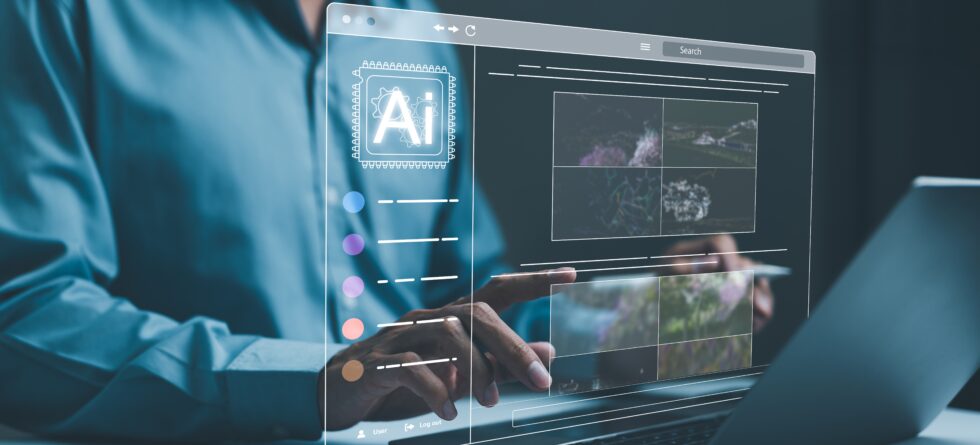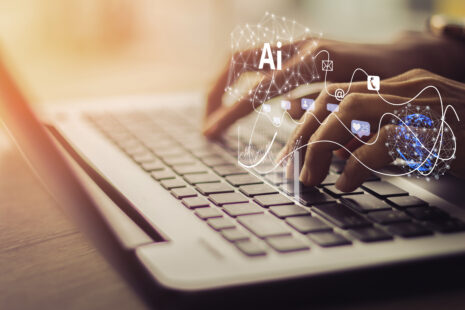AI-generated art has become a major topic of discussion in the creative and legal world. While AI tools like DALL·E and Midjourney can create stunning artworks, copyright laws do not always grant protection to AI-generated pieces.
The Legal Definition of Copyright
-
Human Creativity Requirement – Copyright laws typically require human authorship. Since AI-generated art lacks direct human creativity, it does not meet this requirement.
-
No Original Human Expression – Laws protect original works that reflect human effort, intention, and decision-making. AI-generated content is often seen as the product of an algorithm, not an individual’s original expression.
Who Owns AI Art?
-
The AI Model Developer – Some argue that the creators of the AI (like OpenAI, the company behind DALL·E) could own the rights, but this is rarely enforced.
-
The User Who Prompts the AI – Since users input text prompts to generate art, they may believe they own it. Yet, courts often rule that this interaction does not constitute authorship.
-
Public Domain by Default – In many cases, AI-generated works are automatically considered public domain, meaning anyone can use or modify them without permission.
Future of AI Art and Copyright
-
Changing Laws – Some countries are exploring new laws to address AI-generated content.
-
Hybrid Models – Future copyright laws may recognize a combination of AI assistance and human creativity.
-
AI as a Tool – If a human significantly edits or enhances AI-generated work, copyright could potentially be granted.
What This Means for Artists and Businesses
-
AI Art Can Be Used Commercially – Since AI art often lacks copyright protection, businesses and individuals can use it freely.
-
Be Aware of Platform Policies – AI art platforms may impose terms of use restricting how images can be used.
-
Combine AI With Human Creativity – To protect work legally, artists may need to modify or enhance AI-generated pieces.




